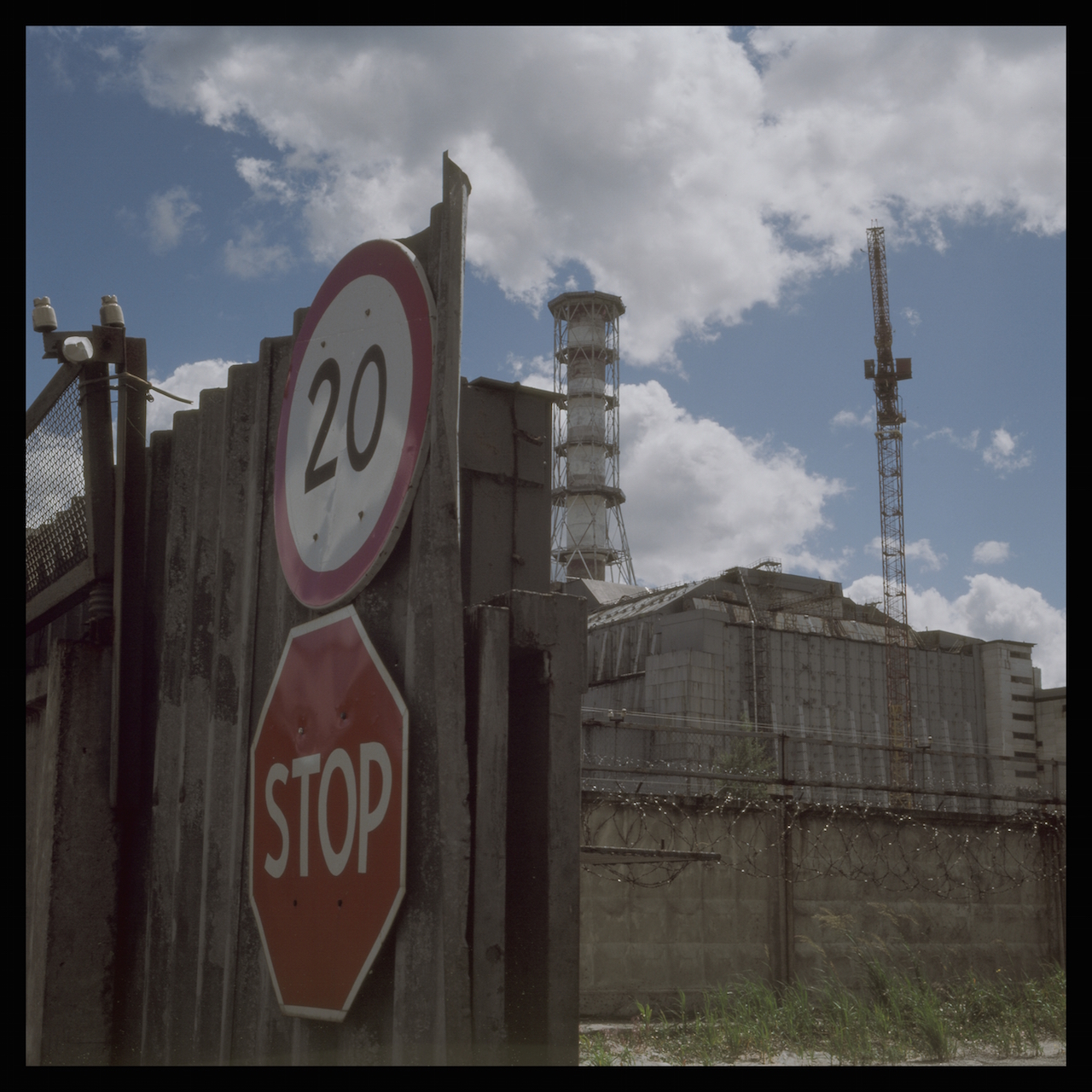Few people know better about the long-term effects of a major nuclear disaster than the volunteers and staff of the Belarus Red Cross. Three decades after the 1986 Chernobyl nuclear accident, the National Society continues to help people cope with the life-threatening health effects caused by exposure to excessive levels of radiation.
“More than 2 million people suffered — one-fifth of our population,” says Viktor Kolbanov, secretary general of the Belarus Red Cross. “More than 135,000 people were resettled from the contaminated areas, which covers 23 per cent of the nation’s territory.”
Belarus, the Russia Federation and Ukraine were the countries hardest hit. And like the two other National Societies, the Belarus Red Cross brought food, clothing, medical care and other basic necessities of life to those who lost everything. In the years following the accident, for example, the incidence of thyroid cancer increased dramatically, particularly among children.
The work continues to this day. Belarus Red Cross mobile medical clinics travel to remote areas to provide healthcare and screen residents for thyroid cancer. Due to early detection and specialized medical treatment, survival rates have increased significantly, Kolbanov says.
These long-term efforts in Belarus, and similar programmes in Russia and Ukraine, were part of a larger response known as the Chernobyl Humanitarian Assistance and Rehabilitation Programme (CHARP), supported by IFRC and a number of National Societies for more than two decades. The programme included immediate relief at evacuation centres, radiation screening of people and food, health and psychosocial care, and financial assistance among other things. In total, CHARP helped more than 4.2 million people.
Preparing for the next disaster
As needs have become less acute, and more services are absorbed by local services, CHARP has come to an end, though the National Societies in the affected countries continue their work. For the IFRC and many National Societies, the emphasis now is on reducing risk and strengthening the ability of National Societies and communities to prepare for and respond to similar disasters in the future.
The 2011 Fukushima crisis in Japan, which followed a period of numerous other technological disasters (oil spills, gas leaks, industrial accidents, etc.), brought renewed urgency to the Movement’s readiness activities.
One of the outcomes was the IFRC’s Nuclear and Radiological Emergency Preparedness Programme, which aims to support National Society efforts in all areas from preparedness to response and recovery for chemical, radiological, biological and nuclear disasters. In 2015, the programme released a comprehensive, 110-page document, Nuclear and Radiological Emergency Guidelines: Preparedness, Response and Recovery, which offers broad guidance on how National Societies and communities can be better prepared for a nuclear or radiological emergency.
The IFRC is working more closely with the International Atomic Energy Agency in order to receive early notification of nuclear emergencies. It is also supporting efforts to establish a pool of experts who support National Societies in adjusting existing response capacities to meet the specific needs of a nuclear emergency, among other efforts.
So far, 25 National Societies from all regions are actively working to improve their own, as well as overall Movement capacity. The Asia region, for example, is creating a technical response team that can serve as a regional resource in the event of an emergency. Such efforts are gaining momentum as National Societies from increasingly industrialized and urbanized countries see more nuclear plants come on line.
Such preparedness should be a priority for all National Societies, says Kolbanov, because fallout from nuclear accidents does not recognize national borders. “It is important to remember that our tragedy is not ours alone,” he says. “Only together can we solve our major problems.”
 Red Cross Red Crescent magazine
Red Cross Red Crescent magazine 





